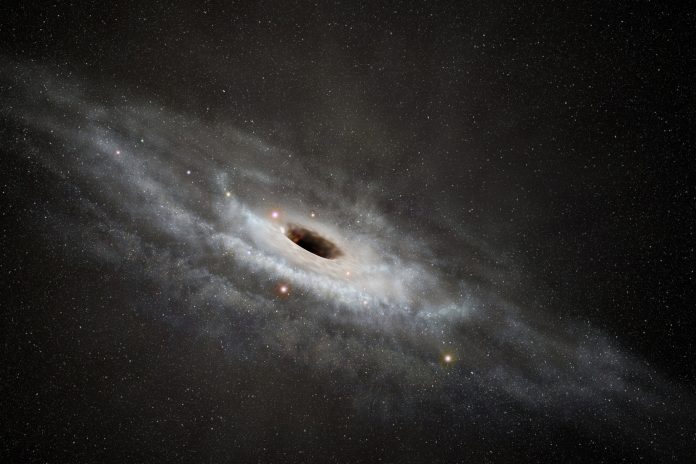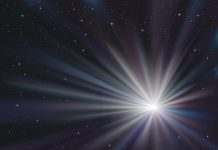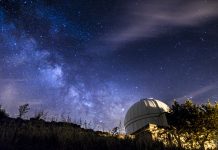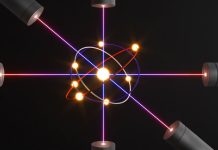Astronomers have discovered a correlation between the quantity of dust surrounding the supermassive black hole and the intensity of radio emissions emitted by exceptionally luminous galaxies
A team of internet Astronomers led by Newcastle University and Durham University used fresh information from Dark Energy Spectroscopic Instrument (DESI) to reveal insights into super massive black holes that were previously hidden.
Analysis with DESI
DESI is conducting a five-year survey of the University’s large-scale structures, including optical data for approximately 3 million quasars.
Quasars are bright galaxies driven by supermassive black holes. Their research revealed that quasars with more dust, appearing redder in colour, tended to have more robust radio emissions than those with minimal to no dust, which appeared very blue.
Almost every known galaxy houses a supermassive black hole at its centre; these black holes are millions to billions of that of the sun. The Milky Way also has a supermassive black hole.
In certain galaxies, material is abundant at the core, nourishing and enlarging the supermassive black hole, making it energetic and active.
The most powerful form of these active galaxies is called quasars, which stand at some of the brightest entities in the Universe.
Most quasars appear intensely blue, mainly due to a luminous disk of matter swirling around and feeding the central supermassive black hole, radiating strongly in optical and ultraviolet wavelengths.
Detecting red quasars
Astronomers have encountered a notable fraction of these quasars that appear intensely red; the object’s true nature remains unclear and the subject of ongoing study.
To understand the physics of a red quasar, scientists need spectroscopic measures to examine the quasar’s light across various wavelengths. The spectrum’s characteristics can reveal the extent of dust around the central area.
Studying radio emissions from quasars can provide insights into the activity of the central supermassive black holes, such as whether it’s generating strong winds or jets that influence the nearby galaxies.
Dr. Victoria Fawcett from Newcastle University, formerly of Durham University, led a recent study using spectroscopic data from DESI dust levels (redness) in approximately 35,000 quasars and connecting this with their radio emissions.
Galaxy evolution and understanding the impact of supermassive black holes
Their findings, published in the Monthly Notices of the Royal Astronomical Society, highlighted DESI’s ability to detect highly red quasars more effectively than earlier surveys such as the Sloan Digital Sky Survey (SDSS).
They discovered that the redder quasars are sustainably more inclined to exhibit robust radio emissions than the usual blue quasars.
Dr Fawcett says: “It was really exciting to see the amazing quality of the DESI data and to discover thousands of these, previously rare, red quasars.
This is the strongest evidence that red quasars are a key element in how galaxies evolve.”
Dr. Fawcett continues, “I am confident that we are on the brink of fully understanding the nature of these red quasars.” The link between redness and radioactivity in a quasar is due to the powerful gas outflows from the supermassive black hole.
The outflows collide with the nearby dust, creating shock and radio emissions. Over time, these outflows will clear the central galaxy region of dust and gas, revealing blue quasars with weaker radio emissions.
This aligns with the idea that red quasars represent a youthful “blow-out” phase in galaxy evolution. Consequently, studying red quasars is vital for gaining insights into the long-term evolution of galaxies.
Red quasars is vital for gaining insights into the long-term evolution of galaxies











